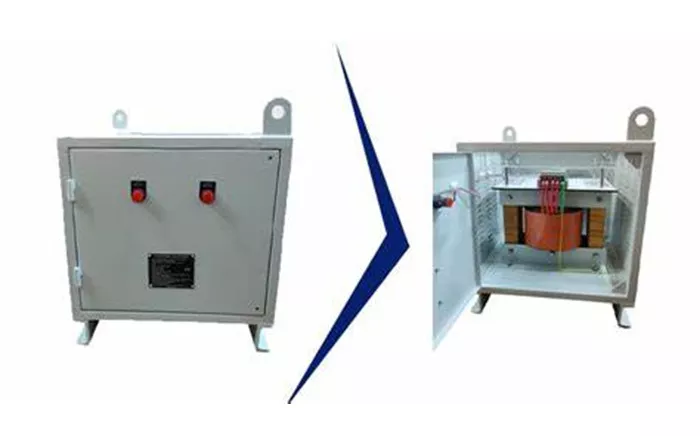Double wound transformers are essential components in electrical systems, designed to transfer electrical energy between circuits through electromagnetic induction. These transformers are widely used in various applications, including power distribution, industrial processes, and renewable energy systems. Understanding the principles, construction, and applications of double wound transformers is crucial for anyone working with electrical systems.
Double wound transformers consist of two independent windings: the primary winding and the secondary winding. These windings are wrapped around a common magnetic core, which provides a low-reluctance path for the magnetic flux. The primary winding is connected to the AC power supply, while the secondary winding provides the transformed voltage to the load. This configuration allows for efficient voltage transformation and electrical isolation between the input and output circuits.
Construction of Double Wound Transformers
Windings
The primary and secondary windings of a double wound transformer are typically made from conductive materials like copper wire. These windings are carefully insulated to prevent short circuits between individual coils and between the two windings. The insulation ensures that the transformer operates safely and efficiently.
Core
The core of a double wound transformer is usually made from ferromagnetic materials like laminated silicon steel. Laminations help reduce eddy current losses, which are unwanted circular currents induced in the core material by the changing magnetic field. By using laminations and insulating material between each lamination, these losses can be minimized, improving the transformer’s efficiency.
Applications of Double Wound Transformers
Power Distribution
Double wound transformers are instrumental in reducing high transmission voltages to levels suitable for residential and commercial use. This voltage transformation ensures that electrical energy is efficiently distributed and utilized.
Industrial Applications
In industrial settings, double wound transformers are used to provide the required voltage adjustments for various machines and equipment. They ensure that the electrical power is delivered at the correct voltage level, optimizing the performance and efficiency of industrial processes.
Electrical Isolation
Double wound transformers provide electrical isolation between circuits, ensuring that there is no direct electrical connection between the input and output. This isolation is crucial for preventing ground loops and reducing electromagnetic interference, thereby enhancing the safety and reliability of electrical systems.
Impedance Matching
In audio and radio frequency applications, double wound transformers are used to match the impedance between different components. This matching ensures optimal performance and signal integrity, making double wound transformers essential in communication and audio systems.
Renewable Energy Integration
Double wound transformers play a vital role in integrating renewable energy sources like solar panels and wind turbines into the power grid. They adapt the voltage outputs of these renewable sources to match the grid requirements, facilitating efficient power transmission.
Advantages of Double Wound Transformers
Voltage Transformation
Double wound transformers can step up or step down the voltage level, making them versatile for various applications. This voltage transformation capability is crucial for efficient power transmission and utilization.
High Efficiency
Double wound transformers are designed to operate with high efficiency, minimizing energy losses. Their construction with laminated cores and insulated windings ensures that they can transfer electrical energy with minimal losses, making them cost-effective and environmentally friendly.
Safety and Reliability
The electrical isolation provided by double wound transformers enhances safety by preventing direct electrical connections between circuits. This isolation reduces the risk of electrical shocks and equipment damage, making double wound transformers reliable components in electrical systems.
Customizability
Double wound transformers can be customized to meet specific application requirements. They are available in various voltage and current ratings, making them suitable for a wide range of applications.
Conclusion
Double wound transformers are essential components in modern electrical systems, providing efficient voltage transformation, electrical isolation, and impedance matching. Their versatility and reliability make them suitable for various applications, from power distribution to renewable energy integration. By understanding the principles, construction, and applications of double wound transformers, engineers and technicians can better integrate these devices into their systems, enhancing performance and safety. As technology continues to advance, double wound transformers will remain a crucial component in the efficient and reliable operation of electrical systems.
Related Topics:

